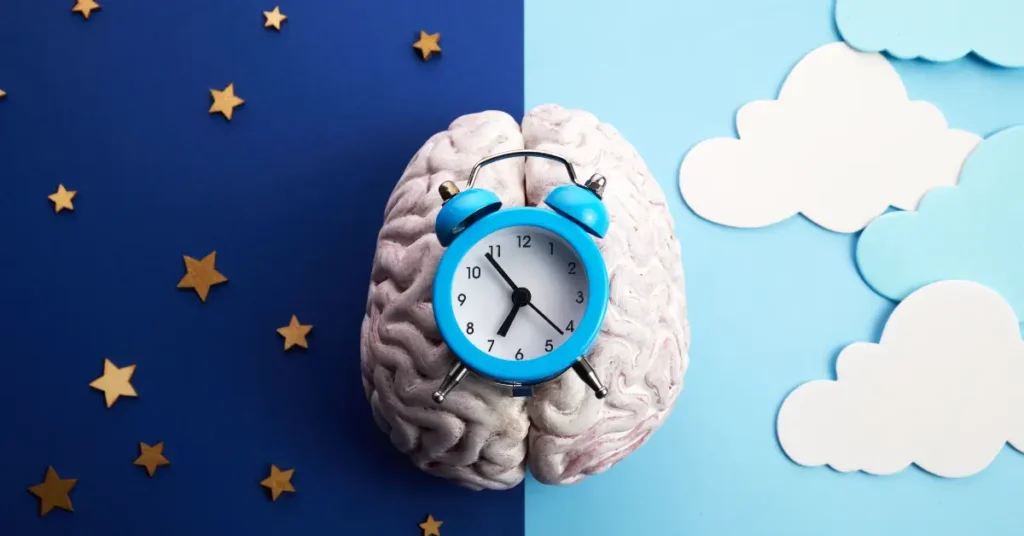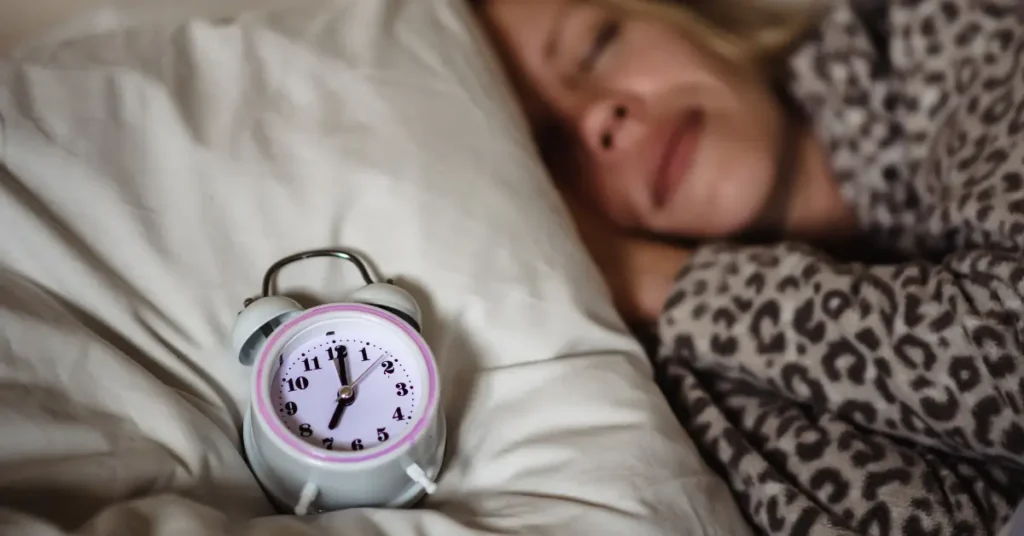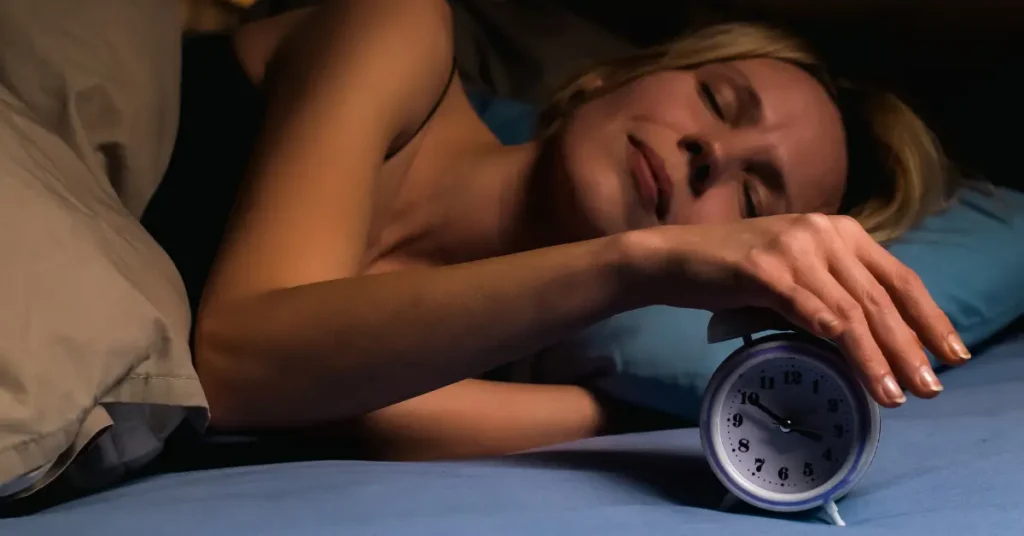This comprehensive guide explores the latest scientific research on sleep optimization and provides actionable steps to transform your recovery through better sleep habits.
Let me tell you about my journey with sleep routines – and boy, what an eye-opener it’s been.
After years of thinking I could get by on 5-6 hours (while chugging coffee like it was going out of style), I finally decided to dig into the actual science of sleep.
What I discovered literally changed my life, and I’m not even being dramatic here.
First things first: our bodies operate on something called circadian rhythms, and they’re way more important than I initially realized.

Think of it like your body’s internal clock – except it’s not just about feeling sleepy. This biological timekeeper influences everything from hormone production to muscle recovery and even how well your body metabolizes food.
Here’s the game-changing routine I developed after poring over countless sleep studies and, honestly, a lot of trial and error. The key is consistency – your body absolutely loves a predictable schedule. I learned this the hard way after fighting my natural rhythms for years.
Start by setting your “sleep trigger” time to 90 minutes before bed. For me, that’s 9:30 PM, since I aim to be asleep by 11:00 PM.
During this wind-down period, your body needs to transition from “go mode” to “rest mode.” Research from the Sleep Foundation shows that blue light exposure during this time can delay melatonin production by up to 3 hours – yeah, I was shocked too when I first read that data.

One of my biggest discoveries was about temperature regulation. The optimal sleeping temperature is between 65-68°F (18-20°C), according to sleep scientists.
I used to keep my bedroom way too warm, wondering why I kept waking up in the middle of the night. Getting a programmable thermostat was seriously one of the best investments I’ve made for my sleep quality.
Let’s talk about the pre-bed routine that actually works (and I’ve tested this extensively). Here’s the sequence that’s backed by research:
At 9:30 PM: Turn off all overhead lights and switch to warm, dim lighting. I use smart bulbs that automatically shift to a warm 2700K color temperature.
The difference in sleep onset was incredible – we’re talking falling asleep in 10 minutes instead of tossing and turning for an hour.
By 10:00 PM: Take a warm shower or bath. Studies show that this helps trigger a natural cool-down process in your body, which signals it’s time for sleep. The temperature drop mimics your body’s natural circadian pattern.
From 10:15-10:45 PM: This is my “mental declutter” time. Instead of scrolling through social media (my old habit that was absolutely wrecking my sleep), I write down tomorrow’s tasks and do some light stretching.
The Journal of Clinical Sleep Medicine published a study showing that this kind of pre-bed routine can improve sleep quality by up to 74%.
The last 15 minutes before bed are crucial. No phones, no tablets, no exceptions. I keep a physical book by my bedside – currently working through some fascinating sleep science research, ironically enough.

The physical act of reading paper instead of a screen makes a huge difference in how quickly you drift off.
Look, I get it – this might seem like a lot of work. But here’s the thing: quality sleep is literally the foundation of everything else in your health journey.
When I started following this routine, my recovery time after workouts dropped dramatically, my mood improved, and my productivity shot through the roof.
The research backs this up: studies show that consistent, quality sleep can improve athletic performance by up to 30% and cognitive function by up to 40%.
Don’t feel like you need to implement everything at once – that’s a recipe for frustration. Start with one change, maybe the consistent bedtime, and build from there.
Trust me, your body will thank you for it. And remember, even one night of good sleep can start improving your health markers. Pretty cool, right?

